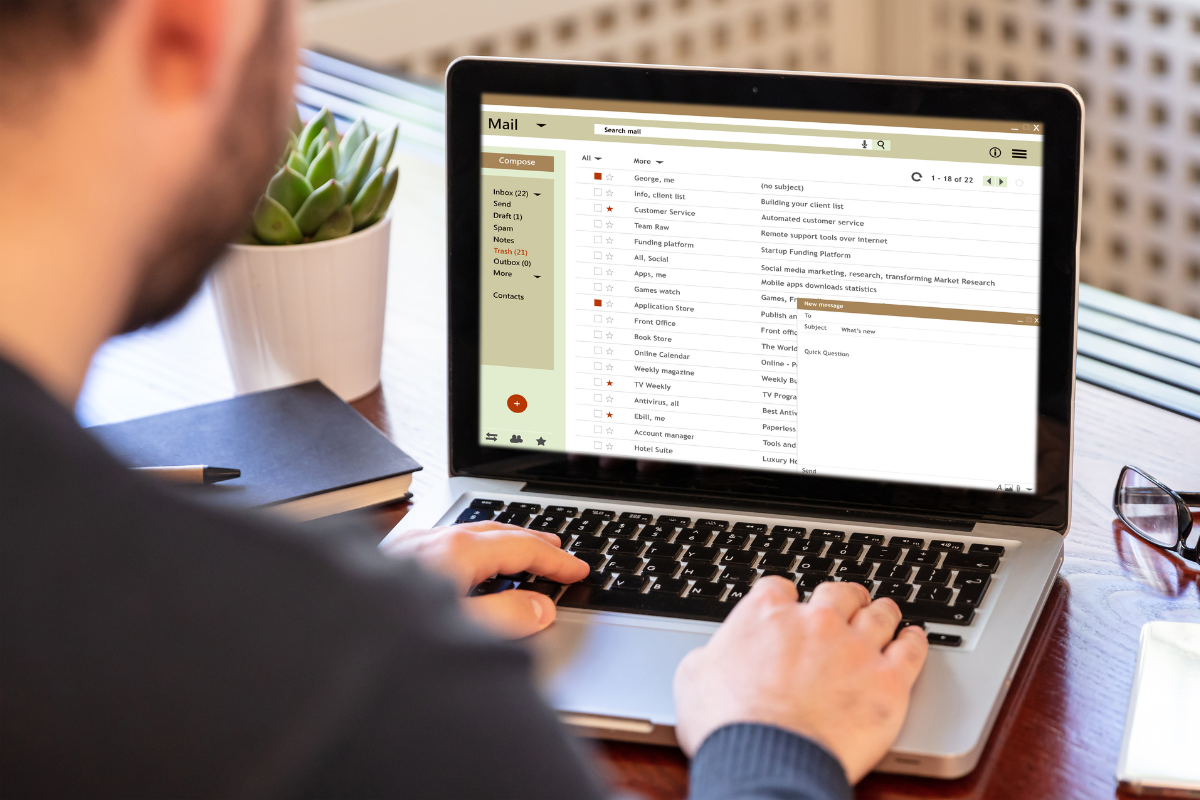According to a recent study, over five billion people use the internet using their phone, which amounts to around 65% of the world population.
This goes to show how quickly the mobile market is growing, and from the looks of it there are no plans to slow down.
Credit where credit is due, this mobile internet phenomenon was sparked by tech giant Apple, launching their first iPhone in 2007.
Since then, their customer base has expanded exponentially, and today there are over 1.6 million apps available in Apple’s App Store, so there’s definitely a market there – but what makes
App users may not necessarily understand mobile compatibility, but it’s certainly something they experience firsthand.
If, for instance, they’re gambling at an online casino on their mobile device and the app lacks the basics such as good UX or easy navigation, it’s considered a failure.
This is why a top tier casino like Spin Casino invests heavily on mobile integration. Its slick platform doesn’t require any download and players can enjoy the same games’ selection as they would on their desktop or any other gadget.
If you’re keen on learning how to develop your own iOS compatible app, you’re probably going to want to get the basics covered first.
Join us in learning all there is to know about creating the next kickass app that could literally change your life.

Table of Contents
ToggleBasic iOs Development Requirements
Before getting into the more technical details, it’s important to understand the basics. In this case, a solid knowledge of programming languages such as Objective-C or Swift will definitely come in handy.
The next thing you’re going to need is a Mac Computer. That’s right, iOS apps can only be developed on their original OS processor.
The main thing to keep in mind here is that Apple devices allow for seamless app integration across all their devices.
The next step at this point includes registering for a Developer Account, which is free and will allow you to download Xcode, granting you access to technical resources, dev videos, as well as entry to the iOS SDK. Follow the simple step-by-step guide signed up via Apple ID.
Once that’s all done and dusted, you’re going to want to get Xcode installed, which is Apple’s IDE (integrated development environment) for all things Mac.
Once your app starts taking shape, you’ll be able to make use of Xcode to execute your killer programming.
iOS Development Action Plan
If everything’s seemed straightforward so far, the next step is putting your knowledge into practice. To sum it all app, you’re going to need to:
- Pick your language – take your pick between Swift and Objective-C and really finetune your skills.
- Hunt down a tutorial – access free development tutorials that work best for your programming style and level.
- Get enrolled – sign up to the Apple Developer Program as an individual or organization.
- Download Xcode – Apple’s IDE for macOS is the backbone of any Apple application.
- Get creative – it’s now time to design and build your app just the way you want to.
- Test and deploy – really find out how the app is going to perform from the user’s side.
Get Ahead Of The Game
When it comes to developing a mobile app, apart from the technical aspects you’re going to need to put your head in the game. Here are a couple of helpful tips to keep in mind.
Start Small, Dream Big
If you really take the time to learn all the ins and outs of iOS developments, this will eventually pay off in the future.

This includes creating a couple of apps that have nothing to do with your main idea, simply to finetune your programming skills in different areas.
The good news here is that Apple supplies several sample projects for you to get started with so you’re able to practice to your heart’s content.
Never Stop Testing
Regular testing and simulations will allow you to find out what different user experiences might be like on different devices, screen sizes and so on.
By doing so you’re able to stay ahead with regular bug fixes and updates as well as addressing any potential performance issues that may crop up.
Keep Up The Pace
If you’re a new user, then two to four hours of practice a day for about six months will allow you to really get a grip on whatever programming language you’ve picked for your iOS development.
Keep in mind however that there’s always going to be something new to learn, even if you’re relatively experienced, so we’re looking at a learning curve that could range from anywhere between three to nine months to completely develop a new app.
Patience Is Virtue
Depending on your level of experience as a developer, your first app might not actually turn out all you’ve expected it to be. The key here is to keep calm and not be too harsh on yourself – keep in
mind that it’s taken some of the best developers out there up to nine months to roll out a new app.
Keep on Learning
Greatness doesn’t happen overnight – not unless you’re TikTok anyway, and even that requires constant maintenance to stay up to date with the rapid changes in requirements and tech.
Keeping up to date is essential if you want to be a part of this game, irrespective of how long you’ve been around.











